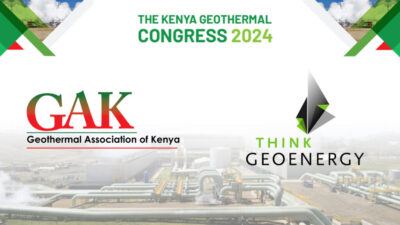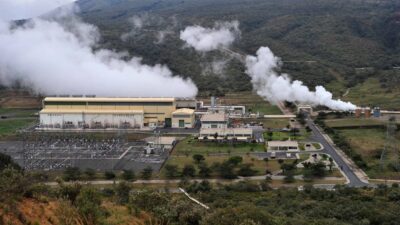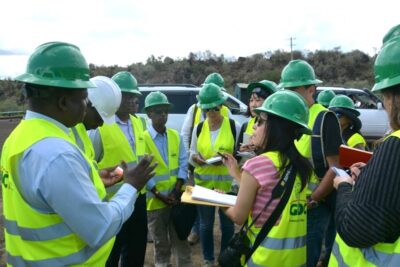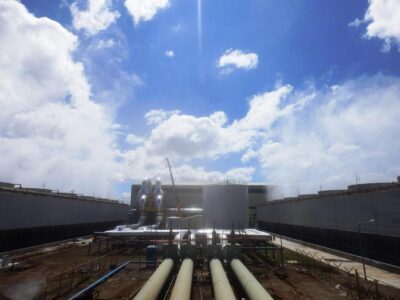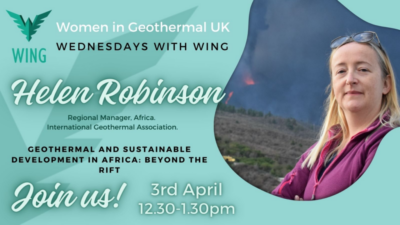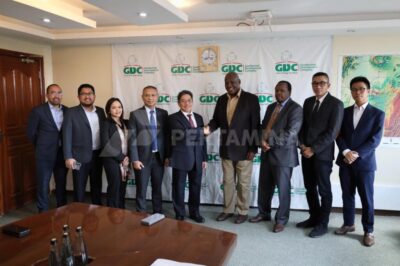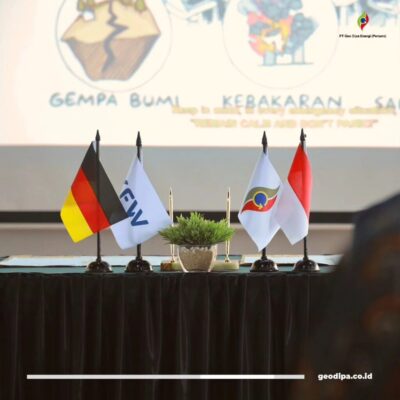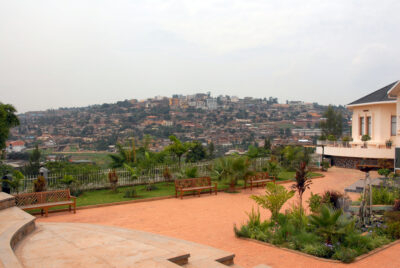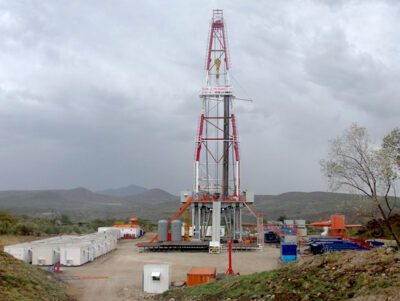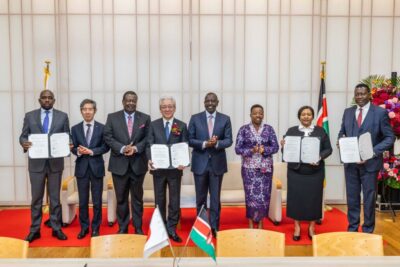Malawi, Mozambique and Tanzania with geothermal potential
The UN Environment Programme says that there is evidence that Malawi, Mozambique and Tanzania have a huge potential for geothermal energy.
“Recent geological surveys have provided evidence that Malawi, Mozambique and the United Republic of Tanzania have huge potential for geothermal energy, which could reduce heavy reliance on hydropower and fossil fuel in those countries and the region”, so a recent article on AllAfrica.com
The news piece says that “According to an assessment by the United Nations Environment Programme (UNEP) and the Global Environment Facility, there is 4,000 Megawatts (MW) of electricity ready for harvesting along the Rift Valley.
Like other renewable energy sources such as solar, wind and hydro, geothermal offers significant potential in terms of climate change mitigation. “Geothermal is 100 percent indigenous, environmentally friendly, and a technology that has been under-utilized for too long. “It is time to take this technology off the back burner in order to power livelihoods, fuel development and reduce dependence on polluting and unpredictable fossil fuels,” says the UNEP Executive Director, Achim Steiner Only Kenya has begun tapping this renewable resource in the Rift Valley, with a goal of generating 1200 MW by 2015.
Based on preliminary exploration, current estimates indicate a geothermal potential of 650 MW in Tanzania. The government of Tanzania is interested in the use of small-scale geothermal plants for rural electricity mini-grid systems, although this has not yet started. The geothermal field in the vicinity of Lake Natron in Tanzania would allow base-load power to be fed into the main grid system of the Tanzania Electricity Supply Company. In Malawi, 21 major hot springs are reported in the Chitipa-Karonga area down to Chipudze in the southern region.
Almost all the known geothermal energy sources of the country are of the convective type. For Mozambique, the most promising areas for geothermal energy development are in the northern and central provinces. The local availability of geothermal fluids confirms the possibility of small-scale power generation, and warrants more detailed studies and eventual exploratory drilling. At least 38 thermal springs have been identified in Mozambique mostly within the Rift Valley just north of Metangula where vigorously boiling water is reported on the edge of Lake Niassa.
There are several springs lower in temperature (below 60 degrees Celsius) found along and to the west of major faults in the Espungabera-Manica areas, near the border with Zimbabwe. South Africa is also relatively well-endowed with eighty-seven thermal springs documented to day of temperatures ranging from 25 degrees Celsius to 67.5 degrees Celsius. Of the 87 thermal springs, 29 have been developed for direct use, mainly as family leisure and recreational resorts, using the water for health or spa purposes.
Since coal is abundant and relatively cheap, coal-burning power stations are the major suppliers of South Africa’s energy requirements. Until recently, very little attention was devoted to research on renewable energy resources such as geothermal. A recently launched research project in South Africa is aimed at investigating the feasibility of generating power using a thermal spring binary system as well as from hot granites.
In Madagascar, eight sites have been identified. France is financing a prototype (micro-geothermal) pre-feasibility study for a 50-100 KW facility using a low-temperature geothermal resource to supply electrical energy to isolated villages. Zambia has several sites planned for construction but the projects have stalled due to lack of funds.
The Botswana government has called for companies to tender for the provision of consultancy services to conduct a pre-feasibility study for the construction of a solar geothermal power plant in the country. With so much energy available and Africa’s populations in dire need, UNEP is ready to support drilling. The African Rift Valley Geothermal Development Facility backed by the UNEP and the World Bank, will support drilling in the Rift Valley countries starting in 2010.
According to Monique Barbut, Chairperson and Chief Executive Officer of the Global Environment Facility, “The work in the Rift Valley is demonstrating that geothermal is not only technologically viable but cost effective for countries in Africa where there is an overall potential of at least 7000 MW.” The World Geothermal Congress to be held in Bali, Indonesia on 25-30 April would provide an opportunity for southern Africa to gain confidence into tapping this clean and renewable energy source.”
Source: AllAfrica.com







